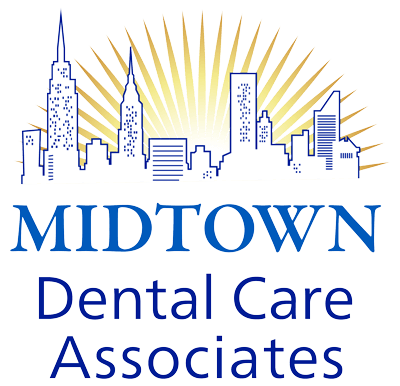Cleft Lip and Palate Treatment
Cleft lip is an opening or split in the upper lip, and cleft palate is an opening or split in the roof of the mouth or palate. Cleft lip and cleft palate result when these developing facial structures in an unborn baby do not close completely. This occurs when there is not enough tissue in the child’s mouth or lip area, and the tissue that is available does not join together properly.
Cleft lip and cleft palate can occur either or on both sides of the mouth. Because both the lip and the palate develop separately, a child may have a cleft lip without a cleft palate or a cleft palate without a cleft lip, or both may occur together.
Normal function and appearance, with minimal scarring can be restored through a series of surgeries, performed at an early age.
Repairing a cleft lip
A cleft lip is usually repaired when a child is between 3 to 6 months of age. Some children may require lip adhesion or a device such as a molding plate in order to bring the parts of the lip closer together before the full lip repair. A child with a repaired cleft lip will have a small scar on the lip, under the nose.
Repairing a cleft palate
A cleft palate is typically repaired when a child is between 9 and 12 months of age. To repair the palate, the soft palate muscles from each side are connected to each other, and through this procedure, the normal barrier between the mouth and nose is created.
Additional surgeries
Along with the initial procedures to repair a cleft lip or cleft palate, additional surgeries are needed in order to:
- Improve the appearance of the lip and nose
- Close the opening between the mouth and nose
- Help with breathing
- Stabilize and realign the jaw
Once the patient’s permanent teeth grow in, braces are often needed to straighten the teeth.
To learn more about cleft palate and cleft lip, or to schedule a consultation for any of our dental services, reach out to us today.
Frequently Asked Questions about cleft lip and palate treatment
What happens if a cleft palate is not repaired?
An untreated cleft palate can cause a child’s teeth to develop incorrectly. The child may be at a greater risk of tooth decay, and speech problems can also result if a cleft palate is not repaired.
Can a cleft palate heal on its own?
There is only one way to repair a cleft palate: by surgery. The surgical goal is to close the opening present in the roof of the child’s mouth.
Does a cleft palate or lip happen frequently in children?
A cleft lip, with or without cleft palate, affects approximately one in 700 babies annually.
How many surgeries does it take on average to correct the palate and make it unnoticeable?
The answer varies. Minimally, at least one surgery is needed to repair the lip and a separate surgery is needed to repair the palate, if both a cleft palate and a cleft lip have occurred. But several surgeries are usually needed to make the lip appear as normal as possible. At times, additional surgeries are needed in regard to the palate to improve speech.

